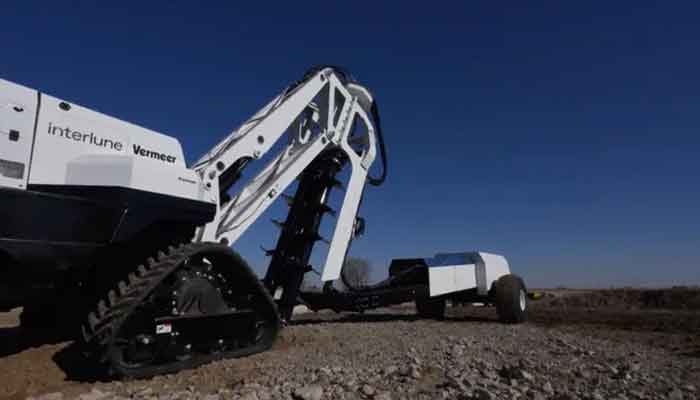Interlune has unveiled a prototype of its novel moon-mining machine, designed specifically for harvesting helium-3.
“When you’re operating equipment on the moon, reliability and performance standards are at a new level,” stated Rob Meyerson, co-founder and CEO of the Seattle-based startup Interlune, as reported by Space.com.
The machine is engineered to churn up 110 tonnes (100 metric tons) of lunar dirt, or regolith, per hour to extract helium-3. This isotope is considered a potential fuel source for future fusion reactors due to its rarity on Earth but believed abundance on the moon.
“The high-rate excavation needed to harvest helium-3 from the moon in large quantities has never been attempted before, let alone with high efficiency,” remarked Gary Lai, Interlune’s co-founder and chief technology officer.
The development of this prototype was fostered through a unique partnership between Interlune and Vermeer, a 70-year-old manufacturer of agricultural and industrial equipment.
“We’ve been very pleased with the results of the test program to date and look forward to the next phase of development,” Lai added.
Interlune described excavation as the initial step in a planned four-step system for harvesting natural resources from space: excavate, sort, extract, and separate.
After successfully testing a smaller version of the machine last year, the startup proceeded with constructing the full-scale prototype.
As a potential game-changing fuel source that could be utilized across various industries in the future, the concept of helium-3—and its retrieval from the moon for use on Earth—has been a significant topic of discussion for many years.
Furthermore, there have been ongoing American, Chinese, and Japanese initiatives specifically focused on the mining of this rare helium isotope.



